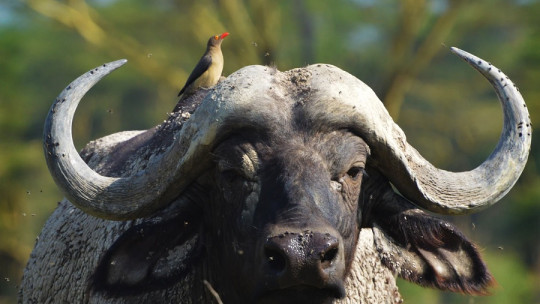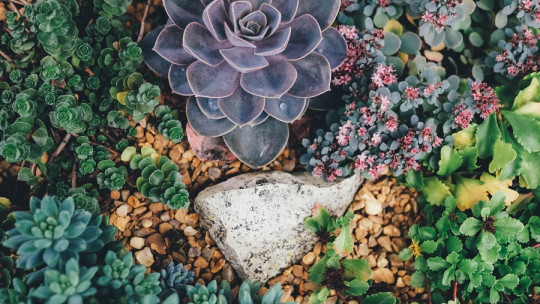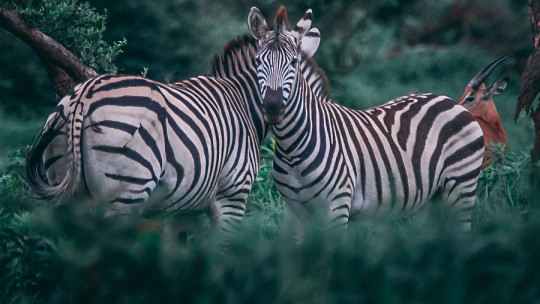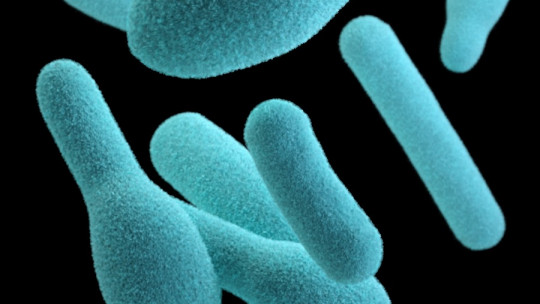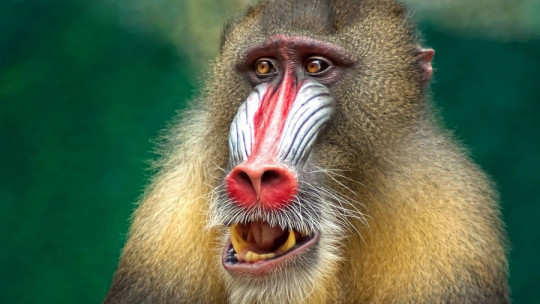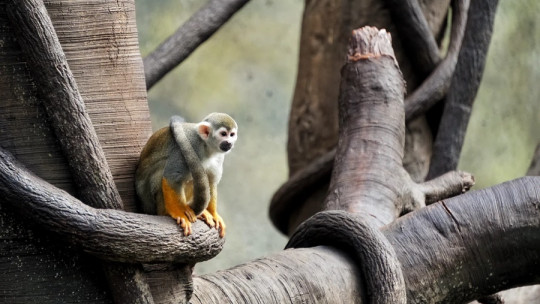In the world, there are a total of 8 types of ecosystems or biomes that house the different species of living beings that currently inhabit. To understand an ecosystem, it must be taken into account that it is made up of 2 large elements: the biotope and the biocenosis.
The biotope refers to an area of specific environmental conditions that provides a vital space for all flora and fauna. That is, the physical environment (rocks and sediment, among others), the availability of water, environmental parameters, geographical features and other non-living elements. On the other hand, the biocenosis corresponds to the set of populations of living beings that coexist in space and time. Thus, living matter is as essential in an ecosystem as the setting in which it develops.
If we look at the biocenosis, we can describe an infinite number of intra- and interspecific interactions. You must keep in mind that 1,426,337 animal species have been described, so there is room for all types of interaction between them: predation, direct and indirect competition, parasitism, commensalism and symbiosis, among others. Today we focus on this last type of biological interaction, symbiosis because sometimes there is strength in the union.
What is symbiosis?
As with any scientific term, its etymological root will allow us to know its meaning. The word symbiosis comes from the Greek word σύν, syn (together) and βίωσις, biosis (to live). Thanks to this linguistic dissection, we can imagine where the shots are going to go from here.
The term symbiosis applies to the close and persistent relationship between organisms of different species, where the parties involved in this interaction are known as symbionts In any case, it is necessary to make some meanings before continuing to dissect symbiotic phenomena.
In its broadest and loosest sense, the term symbiosis is defined as any type of biological interaction between species, whether beneficial or harmful to one of the parties. Thus, paradoxically, parasitism would be a type of negative symbiosis, since both elements are highly related to each other and co-evolve at the same time, although one of them is seriously harmed over time (the host). This definition would also include commensalism, an interaction where one party benefits and the other is indifferent.
At the informative level, symbiosis is usually associated indistinctly with mutualism In this case, the relationship between the members must be positive for both, so parasitism and commensalism are excluded. Finally, some authors use an even stricter meaning of the term, which requires that the relationship be essential for the life of both species. Although in mutualism both parties benefit, they can continue with their lives separately. In the most classic symbiosis, the components cannot survive without the action of the other.
Guys
Symbiosis can be classified into different types, but here we present the most important ones.
For example, If we look at the spatial relationship between both participants, there is a possible ectosymbiosis and endosymbiosis In ectosymbiosis, as its name indicates, one of the members lives on or around the body of the other. Perhaps crabs and anemones come to mind, for example, since these crustaceans live on them to protect themselves and, at the same time, prey on possible parasites that settle on the anemone.
On the other hand we have endosymbiosis, which cannot be seen externally but is equally (or more) important at an evolutionary level In this case, one of the individuals lives inside the other, so it must necessarily be smaller than the other (generally we are talking about microorganisms). The intestinal microbiota and the human being are a clear example of this: many of our bacteria could not live outside our gastrointestinal tract, and at the same time they help us digest substances, specialize the immune system and avoid infections, among other things.
Based on other parameters, symbioses can be optional or mandatory. These terms are quickly explained quite well: in the first case, both elements can live on their own but benefit from the interaction, while in others the life of one cannot be conceived without the other. A very curious case of facultative symbiosis is that of certain birds on the backs of large mammals: the birds deworm oxen and rhinoceroses (among others), deworming them, but if there is no food, they look for it themselves.
On the other hand, A clear example of obligate symbiosis is lichens , product of a close evolutionary union between a fungus and an alga or cyanobacteria. The algae is capable of photosynthesis, so it provides the fungus with organic matter without much difficulty. For its part, the hyphal structure of the fungal element captures water and mineral salts from the environment, thus defending the alga from desiccation no matter how dry the environment. In this case, neither of the 2 elements survive in the medium without the other.
Degree of symbiosis in living beings
Another way to understand symbiont processes in living beings is by placing the level of interaction between participants on a numerical scale. Based on this parameter, we can create the following list or ranking:
1. Degree of lower interaction
The members establish a behavioral relationship That is, they live together, look for each other and have learned to interact positively.
2. Metabolic grade
This is the case of lichens. Generally, on these occasions the exudate or metabolic product of one of the members is the food of the other.
3. High degree of interaction
For example, the proteins of one of the members of the symbiosis are essential for the other. This This is the case with many vegetables
4. Maximum degree of integration
It is produced a transfer of genetic material and the consequent fusion of the symbionts, thus generating a new living being where there were 2 before.
Symbiosis or altruism?
It is very common for us to humanize other living beings, since we believe that they are governed by the arbitrary moral and ethical codes that we have established. Nothing is further from reality. In nature, nothing is done randomly or out of disinterest, at least in the vast majority of animals.
Thus, a symbiosis can go to hell throughout the evolutionary history of both species if it stops providing benefits for one of the parties. As soon as one of the species begins to “lose” in the relationship, the mechanism is destabilized and problems can arise , even leading to phenomena of parasitism. We give you an example.
A clear case that exemplifies what has been reported is that of the oxpeckers, 2 species of birds belonging to the family Buphagidae. These cute little black birds perch on the backs of large mammals and, symbiotically, extract the insects and parasites that settle on their skin. Up to this point, both participants clearly benefit, right?
What happens is that these birds love blood, and therefore, they have a predilection for the swollen ticks present on the surface of the mammal. When there are not enough of them or the bird needs extra calories, it is sometimes responsible for keeping the wound open and sucking it directly from the host. Where there was once a symbiosis, a line has been crossed that leads to parasitism
Summary
As we have seen, the term “symbiosis” presents more nuances than one might initially expect. In nature, not everything is black or white, since biological systems are influenced by the environment and can change at any time. When one species stops providing benefits to another, in the best of cases one of the members separates, and in the most extreme, the dominant subjugates the other and preys on it or parasitizes it.
The term “empathy” does not exist clearly in most members of the animal kingdom, and phenomena like these exemplify it perfectly. For living beings, the only thing that matters is the transmission of genes and the permanence of their species, at whatever cost and damage is necessary. Without a doubt, nature is as beautiful and fascinating as it is cruel.

